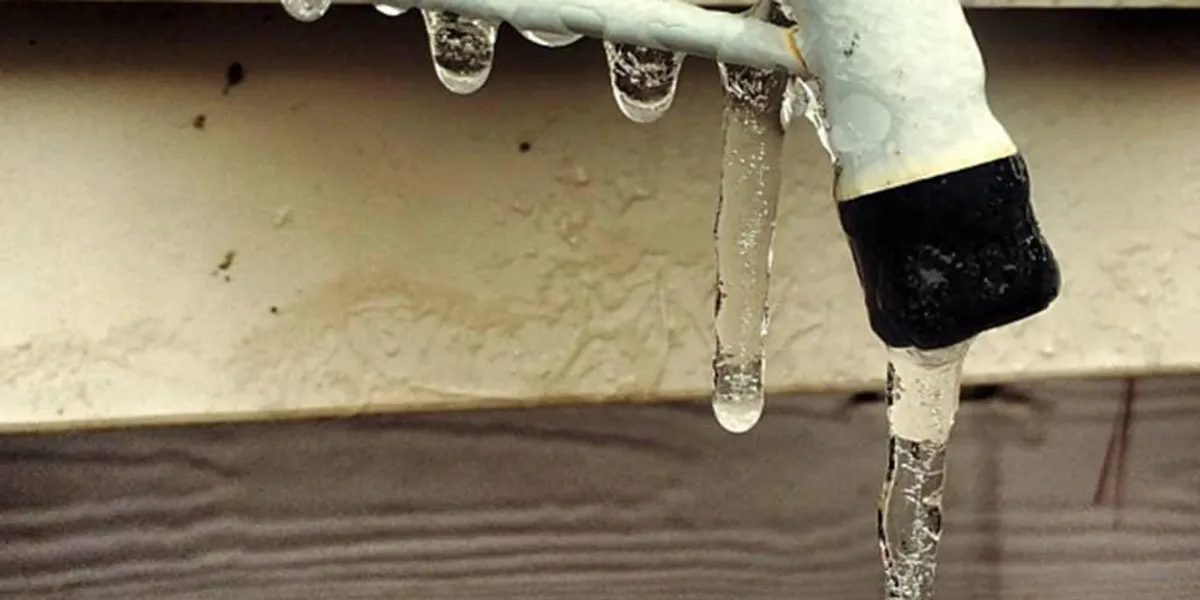Crucial Advice to Avoid Frozen Pipes in Cold Weather
Crucial Advice to Avoid Frozen Pipes in Cold Weather
Blog Article
We've stumbled on this great article pertaining to How To Avoid Freezing Pipes listed below on the web and accepted it made sense to quickly share it with you here.

Cold weather can damage your pipes, especially by freezing pipelines. Right here's exactly how to avoid it from happening and what to do if it does.
Introduction
As temperature levels decrease, the threat of frozen pipes boosts, potentially causing expensive fixings and water damages. Recognizing just how to prevent icy pipes is crucial for property owners in cool environments.
Recognizing Icy Pipelines
What causes pipelines to freeze?
Pipelines ice up when exposed to temperatures below 32 ° F (0 ° C) for prolonged durations. As water inside the pipes ices up, it increases, taxing the pipeline walls and possibly triggering them to break.
Dangers and damages
Icy pipelines can lead to water system disruptions, residential property damages, and expensive repairs. Ruptured pipelines can flood homes and trigger extensive architectural damages.
Signs of Frozen Water Lines
Identifying frozen pipelines early can stop them from bursting.
Just how to recognize icy pipes
Search for lowered water circulation from faucets, unusual odors or noises from pipelines, and noticeable frost on revealed pipes.
Prevention Tips
Insulating vulnerable pipelines
Wrap pipes in insulation sleeves or use heat tape to shield them from freezing temperatures. Focus on pipes in unheated or external locations of the home.
Heating strategies
Maintain indoor spaces sufficiently heated up, specifically locations with plumbing. Open up cupboard doors to enable warm air to circulate around pipelines under sinks.
Safeguarding Outdoor Plumbing
Yard pipes and outside taps
Separate and drain pipes yard pipes prior to winter season. Install frost-proof spigots or cover outside taps with protected caps.
What to Do If Your Pipes Freeze
Immediate activities to take
If you suspect icy pipelines, maintain faucets open to relieve pressure as the ice thaws. Use a hairdryer or towels soaked in hot water to thaw pipes slowly.
Long-Term Solutions
Architectural changes
Think about rerouting pipelines far from outside wall surfaces or unheated areas. Include added insulation to attic rooms, cellars, and crawl spaces.
Upgrading insulation
Buy top notch insulation for pipes, attic rooms, and walls. Appropriate insulation aids maintain constant temperature levels and decreases the risk of icy pipelines.
Verdict
Protecting against frozen pipes calls for positive procedures and quick reactions. By understanding the causes, indications, and safety nets, property owners can safeguard their plumbing throughout cold weather.
5 Ways to Prevent Frozen Pipes
Drain Outdoor Faucets and Disconnect Hoses
First, close the shut-off valve that controls the flow of water in the pipe to your outdoor faucet. Then, head outside to disconnect and drain your hose and open the outdoor faucet to allow the water to completely drain out of the line. Turn off the faucet when done. Finally, head back to the shut-off valve and drain the remaining water inside the pipe into a bucket or container. Additionally, if you have a home irrigation system, you should consider hiring an expert to clear the system of water each year.
Insulate Pipes
One of the best and most cost-effective methods for preventing frozen water pipes is to wrap your pipes with insulation. This is especially important for areas in your home that aren’t exposed to heat, such as an attic. We suggest using foam sleeves, which can typically be found at your local hardware store.
Keep Heat Running at 65
Your pipes are located inside your walls, and the temperature there is much colder than the rest of the house. To prevent your pipes from freezing, The Insurance Information Institute suggests that you keep your home heated to at least 65 degrees, even when traveling. You may want to invest in smart devices that can keep an eye on the temperature in your home while you’re away.
Leave Water Dripping
Moving water — even a small trickle — can prevent ice from forming inside your pipes. When freezing temps are imminent, start a drip of water from all faucets that serve exposed pipes. Leaving a few faucets running will also help relieve pressure inside the pipes and help prevent a rupture if the water inside freezes.
Open Cupboard Doors
Warm your kitchen and bathroom pipes by opening cupboards and vanities. You should also leave your interior doors ajar to help warm air circulate evenly throughout your home.

I am very drawn to Preventing and dealing with frozen pipes and I am hoping you enjoyed reading the new entry. Make sure you take the opportunity to share this blog post if you enjoyed reading it. Many thanks for your time. Revisit us soon.
Estimate Free Report this page